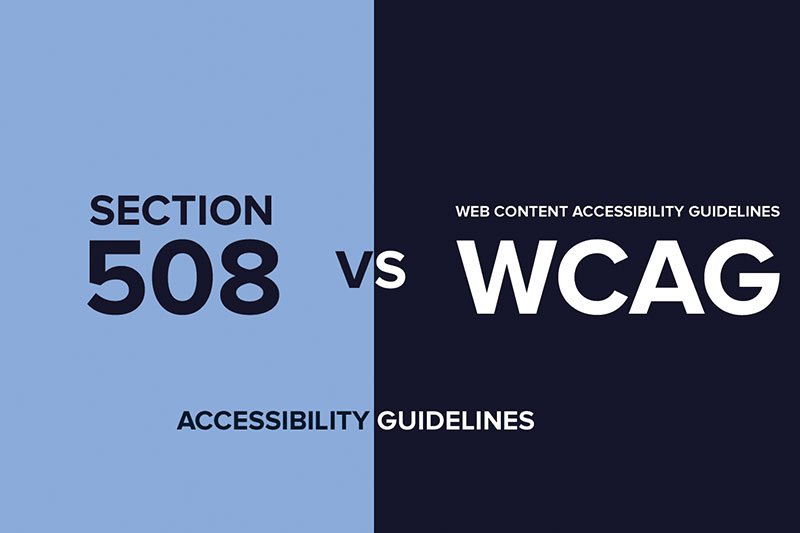Change Management

Overview
Change management refers to the structured approach organizations take to prepare, support, and manage the process of transitioning from the current state to a desired future state. It involves understanding, planning, implementing, and reinforcing changes within an organization to ensure successful outcomes and minimize disruption.It involves various activities such as change identification, change planning, stakeholder engagement, communication, change implementation, training, performance monitoring and finally reinforcement and sustainability.
Some of the popular change management models include the ADKAR model and the Prosci methodology.
What role does Change Management training play in organizations?
Effective change management is critical for organizations to adapt to evolving environments, stay competitive, and achieve strategic objectives. It plays a crucial role in organizations by equipping employees and leaders with the skills and knowledge needed to navigate and implement change effectively. Some of the ways change management training helps in bringing about a change in the organization include:-
Facilitating smooth transitions
Change Management training helps individuals understand the need for change, anticipate potential challenges, and develop strategies to overcome resistance. -
Building resilience
It fosters resilience among employees by helping them develop the mindset and skills to cope with change. -
Enhancing employee engagement
Through Change Management training, employees gain a deeper understanding of the reasons behind organizational changes, including the vision, goals, and benefits. This knowledge fosters a sense of ownership, involvement, and engagement, as they see themselves as active participants in the change process. -
Managing resistance
Resistance to change is natural, and Change Management training equips individuals with techniques to identify, address, and mitigate resistance. It provides strategies for effective communication, stakeholder engagement, and conflict resolution, enabling change champions to navigate resistance and gain buy-in from employees. -
Aligning stakeholders
Change Management training helps leaders and change champions develop skills to effectively communicate the change vision, goals, and benefits to various stakeholders. -
Increasing project success rates
It improves the likelihood of project success by integrating change management practices into project management methodologies. By addressing the emotional side of change alongside technical and operational aspects, organizations can enhance project outcomes, reduce risks, and optimize resource utilization. -
Sustaining change
It emphasizes the importance of sustaining change efforts beyond the initial implementation. It equips leaders with tools to monitor progress, measure results, and make necessary adjustments to ensure that the change is embedded into the organization’s culture and becomes the new way of doing things.
How will Zilliobit help in creating Change Management training?
Zilliobit can design and deliver targeted training programs to employees at all levels. This will aim to build awareness and understanding of the change initiative, its benefits, and the role of individuals in supporting and driving the change. Training may cover topics such as change communication, resilience, adaptability, and leadership skills.Employees are typically provided with information about the upcoming changes, including the reasons for the change, the expected impact, and the timeline. This may be communicated through an Edumercial which will provide individuals an understanding of the change at all levels.
Employees may receive specific training or workshops to enhance their skills and knowledge relevant to the change. For example, if a new software system is being implemented, employees might receive training sessions on how to use the new system effectively. This can be in the form of application simulations where employees are provided with hands-on training on the new application that is being rolled out.
Leaders often receive specialized training in change management principles and techniques. This training equips them with the knowledge and skills necessary to lead and support their teams through the change process effectively. Leaders are provided with a clear vision and strategy for the change, ensuring they understand the rationale behind it and can effectively communicate it to their teams. They are empowered to align their team’s efforts with the overall organizational goals. Leadership training usually is story or scenario based. Leadership training often incorporates product or conversation simulations as an integral component.
Leaders are also involved in the planning and execution of the change initiative. They receive resources and tools to help them create action plans, set milestones, and monitor progress. They may also receive guidance on managing potential resistance or conflicts that may arise.
To summarize, change is an ongoing process, and training may emphasize the importance of continuous improvement in change management practices. Participants are encouraged to reflect on their experiences, share lessons learned, and explore strategies for enhancing future change initiatives.
Would you like to explore Zilliobit’s expertise in change management training?
Let’s Talk


